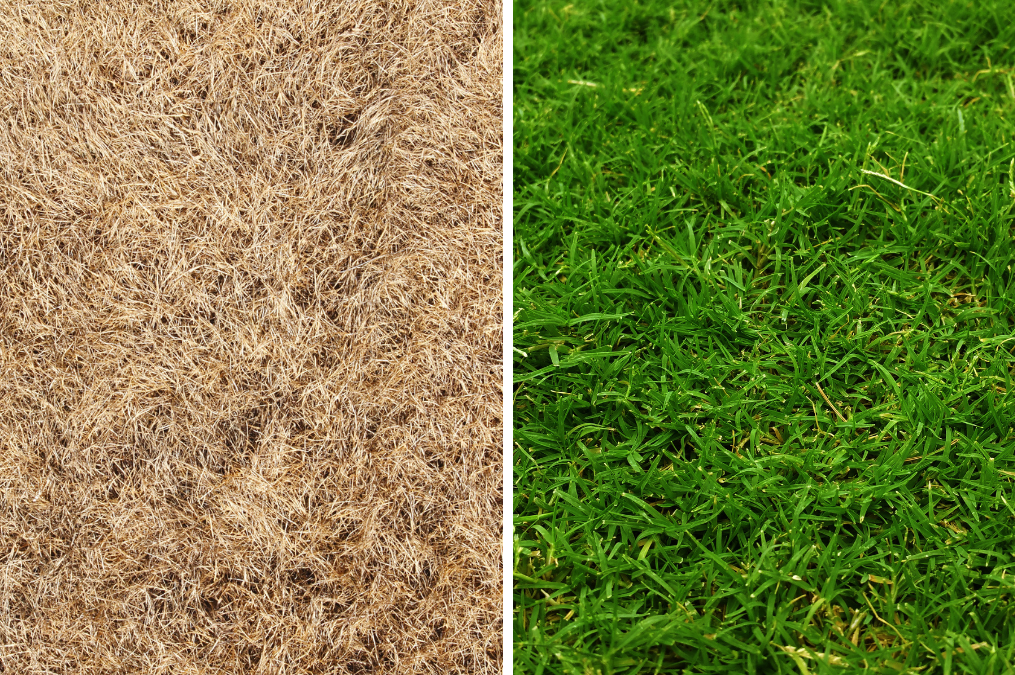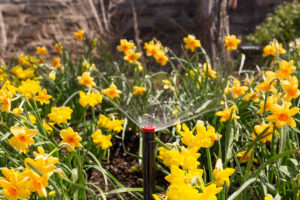Across the nation, we have experienced temperatures reaching over 100° and UV levels at 10 or higher. Not only can it cause stress on yourself, but it can also wreak havoc on your lawn. This type of exposure to the sun and high temperatures can ultimately lead to dead and struggling grass. Don’t lose hope just yet. Here are our tips to bring your dead lawn back to life and the signs of help to look out for.
Allow your lawn to breathe
Your lawn needs its space and room to breathe. With foot traffic and natural causes, chances are that the grass and soil have become compacted or infested. Follow these steps to begin resurrecting your lawn:
Remove all weeds from your lawn. Weeds steal the needed water, light, and nutrients from the grass.
Inspect for pests and infestations. Grub worms, fungi, insects, pests, or burrowing animals are often the culprit of dying grass. Explore pesticide and fungicide options to apply later to ward off and prevent pests and infestations.
Remove thatch. Alongside weeds, thatch (a build-up of debris, twigs, roots, and decomposing plants on top of the grass) prevents water from seeping into the soil and roots. Rake up the thatch and dispose of it accordingly.
After all unnecessary and survival-threatening items have been removed from your lawn, aerate your lawn with an aerator machine or manual aeration tools. These tools will create holes in your soil that will allow for proper distribution of air, water, and nutrients throughout your lawn.
Show your lawn some TLC
After ridding your lawn of the bad, it’s time to add the good. The following steps will give your lawn the tender loving care that it needs to survive.
Apply lawn care products to boost the life of your lawn. This can include seeds, fertilizer, soil enhancers, and more. These lawn boosters aid in nutrient absorption, water consumption, and regrow.
According to the schedule of your lawn booster applications, plan for pesticide and weed treatments.
Mow often, but never mow lower than one-third of the grass height in one session. Removing more than one-third of the height will result in more heat reaching the soil and damage to the roots.
Water consistently. If in need of regrowth, water daily to keep the soil consistently moist. Once regrowth occurs, water regularly to reach 1 inch of water per week. Adjust your irrigation system to accommodate for rainfall and drought.
Minimize foot traffic. Repeated foot traffic or consistently laying items on top of the grass result in damaged blades of grass. Consider placing foot stones to create walkways. Cut out the grass and outline where the stones will lay. Never lay stones on top of grass.
Mark your calendars. Plan ahead to properly prepare and grow green and thriving grass next summer.



